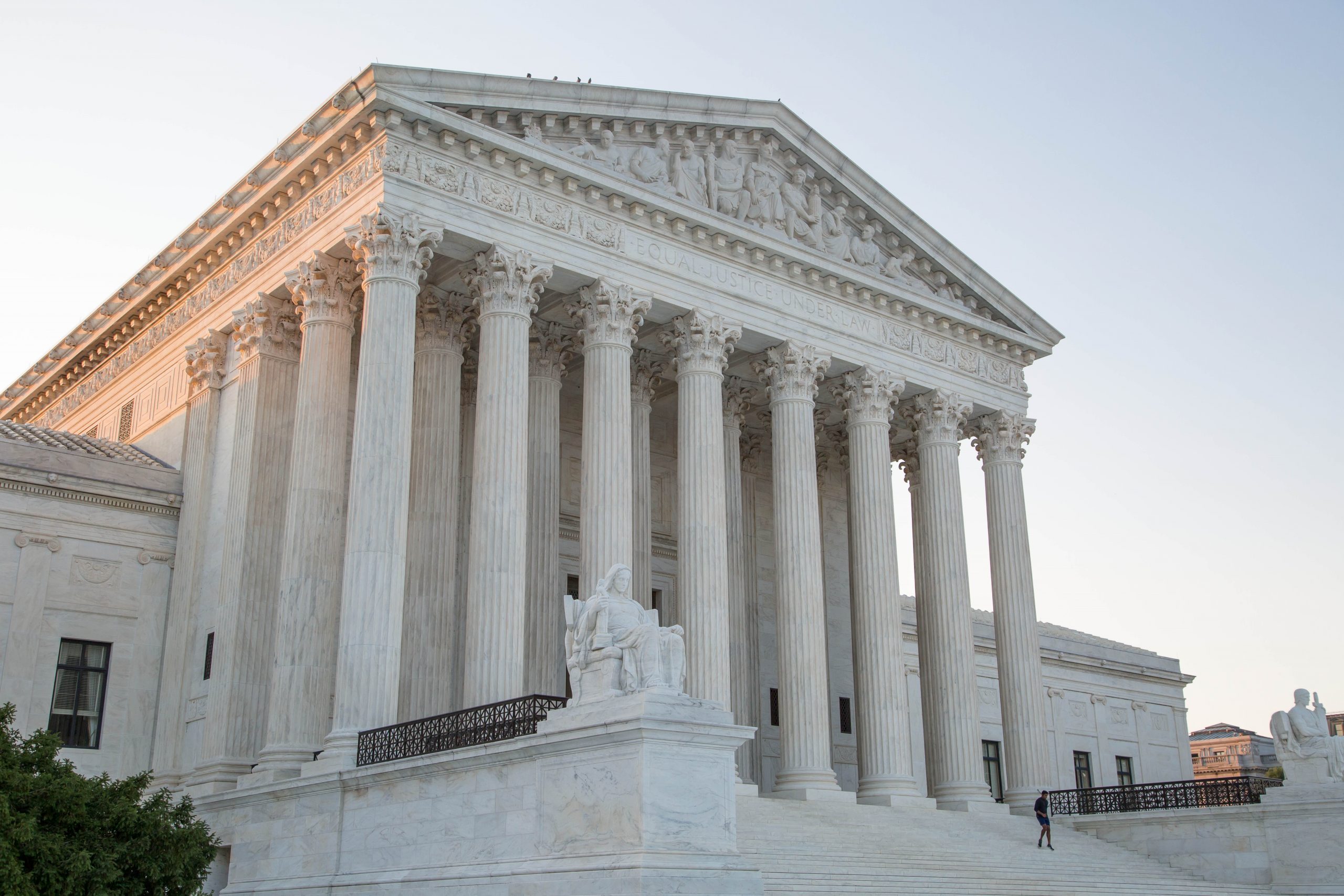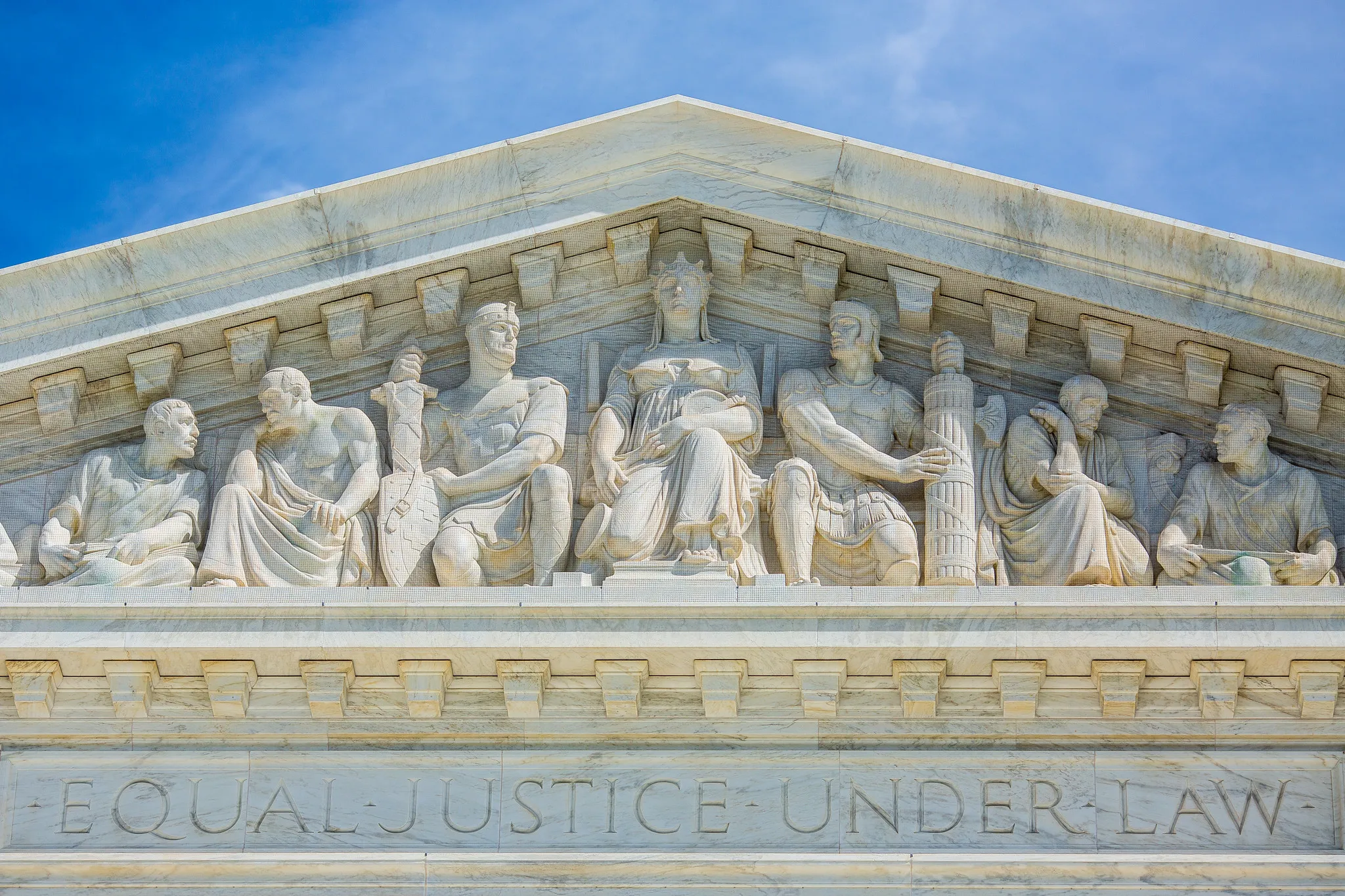Court sends social media moderation cases back to lower courts
OPINION ANALYSIS
on Jul 1, 2024
at 6:16 pm
The justices ruled in two linked cases brought by tech trade groups over a pair of laws in Texas and Florida. (Colin Dewar via Shutterstock)
The Supreme Court on Monday sent a pair of challenges to laws in Texas and Florida that would regulate how large social media companies control content posted on their sites back to the lower courts for another look. In a decision by Justice Elena Kagan, the court explained that both lower courts had focused too narrowly on how the laws applied to the challengers themselves, large social media companies including Facebook and YouTube, even though the cases challenged the constitutionality of the laws more broadly.
The court agreed to send the cases back to the U.S. Courts of Appeals for the 5th and 11th Circuits. But not all justices agreed with Kagan’s rebuke of the 5th Circuit, which signaled that, at least as it applies to the challengers in this case, the Texas law likely violates the First Amendment.
Texas and Florida passed the laws at the center of the two cases in the wake of Jan. 6, 2021, attacks on the U.S. Capitol. Legislators in both states believed that social media companies were censoring their users, especially users with conservative beliefs. The laws contain provisions that limit the choices that social media companies can make about which user-generated content to present to the public; they also contain provisions that require social media platforms to provide individualized explanations to users about the platforms’ editorial choices.
Two trade groups representing social media companies went to federal court to challenge the laws. The 11th Circuit barred Florida from enforcing most of the law, while the 5th Circuit upheld the Texas law. The Supreme Court in 2022 granted the challengers’ request to block Texas from implementing the law while litigation continued.
Kagan began her 31-page opinion by describing the “dizzying transformation” created by the internet. “Social-media platforms,” she wrote, “have gone from unheard-of to inescapable.” And although legislatures and government agencies are best suited to regulate those platforms, she continued, there is still a role for courts to play “in protecting those entities’ rights of speech, as courts have historically protected traditional media’s rights.”
Comparing social media platforms to traditional journalism, she suggested that – like traditional media companies – social media platforms “are engaged in expression.” And the Supreme Court has “repeatedly held that laws curtailing” the editorial choices of traditional media “must meet the First Amendment’s requirements. The principle does not change because the curated compilation has gone from the physical to the virtual world.”
Having said that, Kagan continued, although the parties in this case had challenged the laws as a whole, the parties and therefore the litigation in the lower courts focused primarily on the laws as if they “applied only to the curated feeds offered by the largest and most paradigmatic social-media platforms.” And when the justices heard oral arguments in the case, Kagan observed, it became clear that “the laws might apply to, and differently affect, other kinds of websites and apps” – for example, customer reviews on Etsy or the filters that an email service like Gmail provides. Because the answer to those questions could affect a court’s analysis of whether the law is constitutional, Kagan explained, the cases should return to the lower courts for another look.
Kagan then provided an outline of the legal principles that the lower courts should use in their analysis. She observed that the need for such guidance was “especially stark” for the 5th Circuit so that it did not reiterate its earlier conclusion that the Texas law does not violate the First Amendment – which, she stressed, would “rest on a serious misunderstanding of First Amendment precedent and principle.”
Based on those principles, Kagan concluded, it is already clear that if the 5th Circuit relied on the same reasoning that it adopted in the earlier proceedings, at least part of its analysis would be wrong. “At least on the current record,” she stressed, “the editorial judgments influencing the content of” Facebook’s NewsFeed and YouTube’s homepage are “protected expressive activity,” and “Texas may not interfere with those judgments simply because it would prefer a mix of messages.”
The court left open, however, how that conclusion would affect the larger question of whether the Texas law is unconstitutional as a whole.
Earlier in the litigation, federal district courts in Texas and Florida issued orders that temporarily barred the states from enforcing their laws. Those orders will presumably remain in force while the challengers’ appeals continue.
Justice Amy Coney Barrett joined Kagan’s opinion but also wrote a separate concurring opinion in which she emphasized her view that “these cases illustrate the dangers of bringing” a challenge to the law as a whole. If the members of the internet trade groups challenging the laws “are concerned about preserving their editorial discretion with respect to the services on which they have focused throughout this litigation,” she suggested, they would be better off challenging the constitutionality of those laws as they apply to those specific services.
Justice Ketanji Brown Jackson indicated that she would not have weighed in on the merits of the Texas law. “Faced with difficult constitutional issues arising in new contexts on undeveloped records,” she wrote, “this Court should strive to avoid deciding more than is necessary.”
Justice Clarence Thomas echoed that sentiment in a separate opinion, observing that the “Court’s discussion is unnecessary to its holding.” And more broadly, he argued, federal courts should only decide whether a law is unconstitutional as it applies to the challengers in the specific case in front of them. Federal courts, he contended, do not have the power to rule that a statute is entirely unconstitutional.
Justice Samuel Alito penned a lengthy 33-page opinion in which he contended that the “majority opinion ventures far beyond the question we must decide.” But he was skeptical of the majority’s analogy between social media platforms and traditional media, noting (among other things) that although newspaper copy editors used to go “over typescript with a blue pencil,” social media platforms “play no role in selecting the billions of texts and videos that users try to convey to each other.” And as a general rule, he continued, “when confronted with the application of a constitutional requirement to new technology, we should proceed with caution.”
This article was originally published at Howe on the Court.






